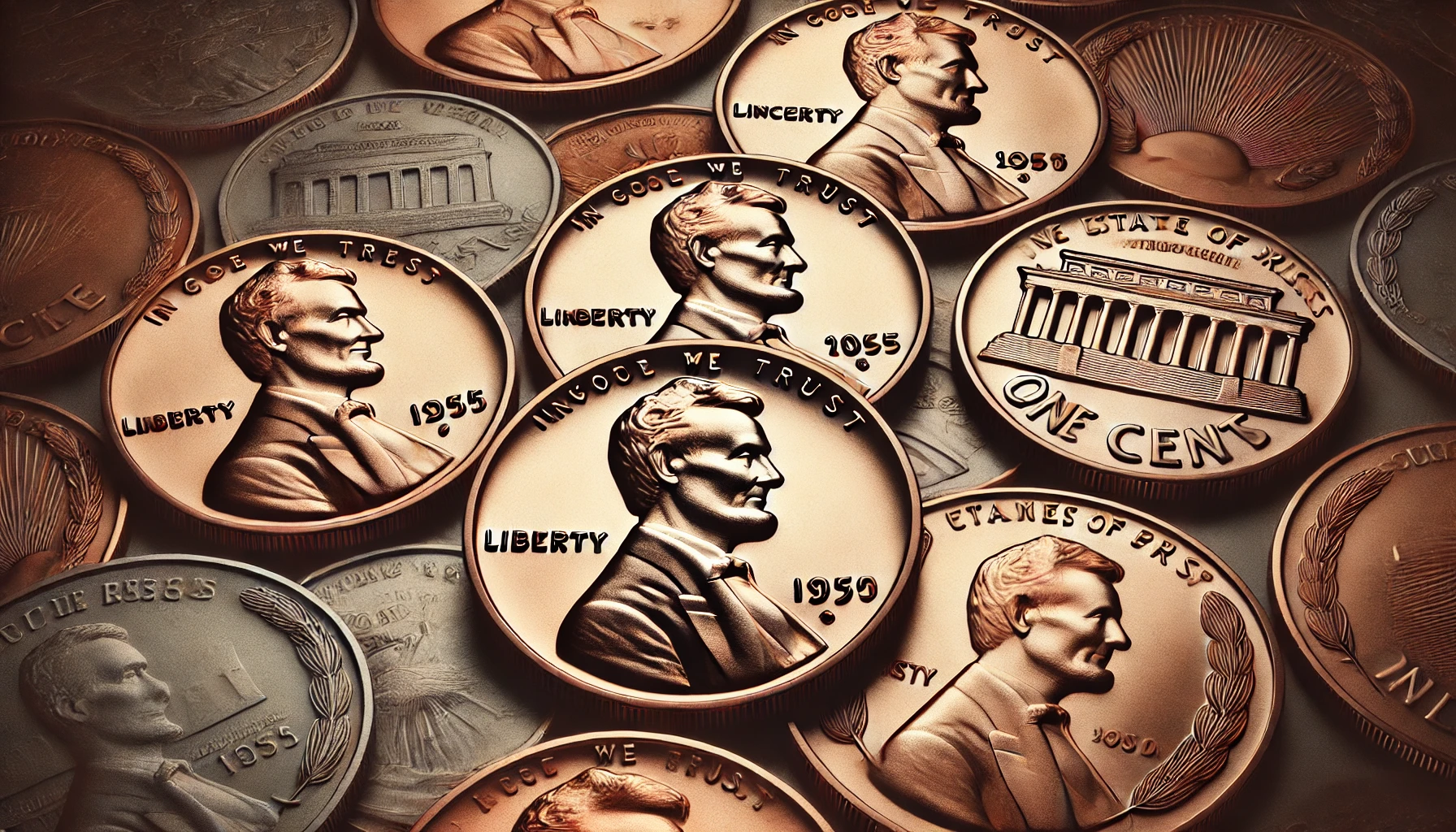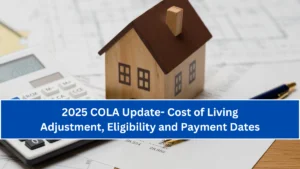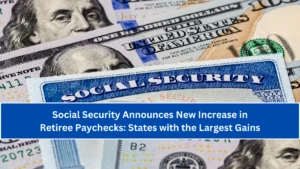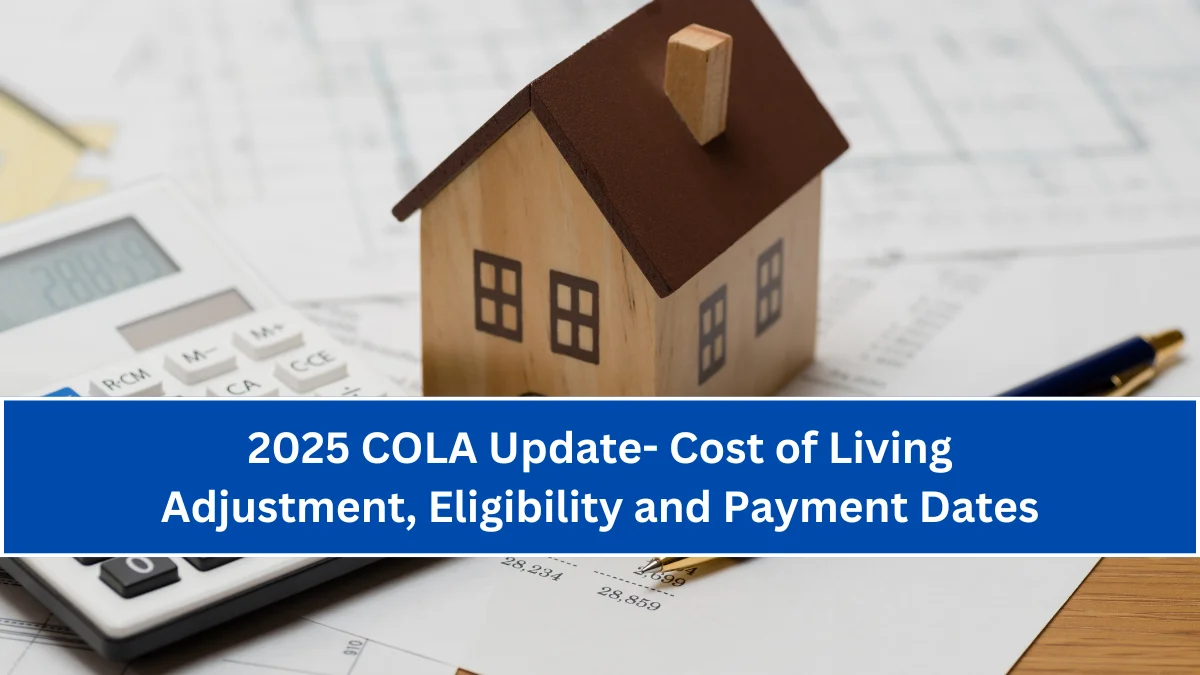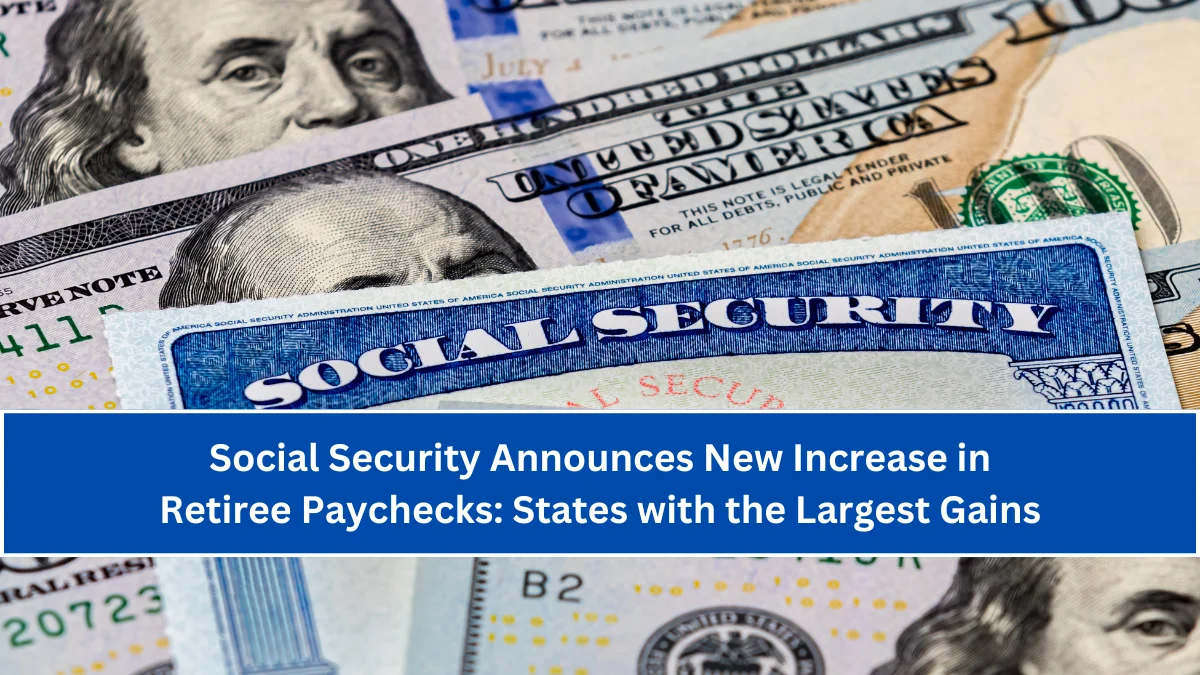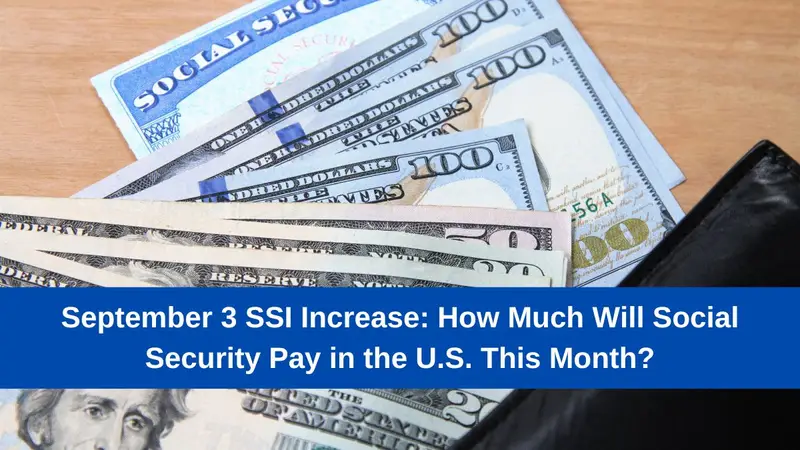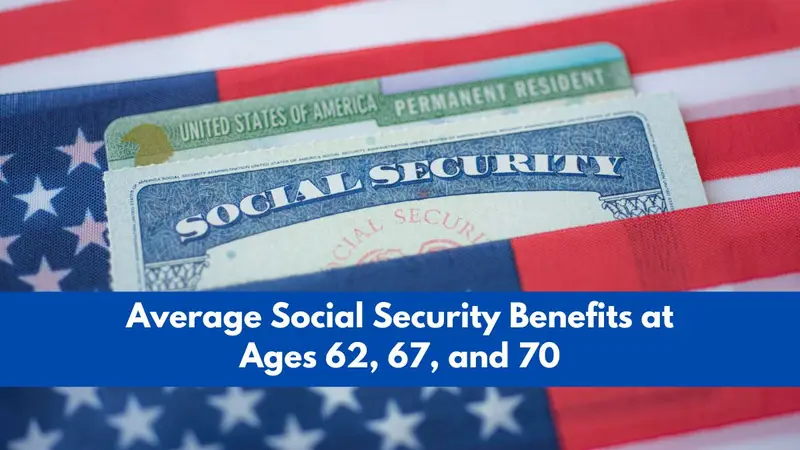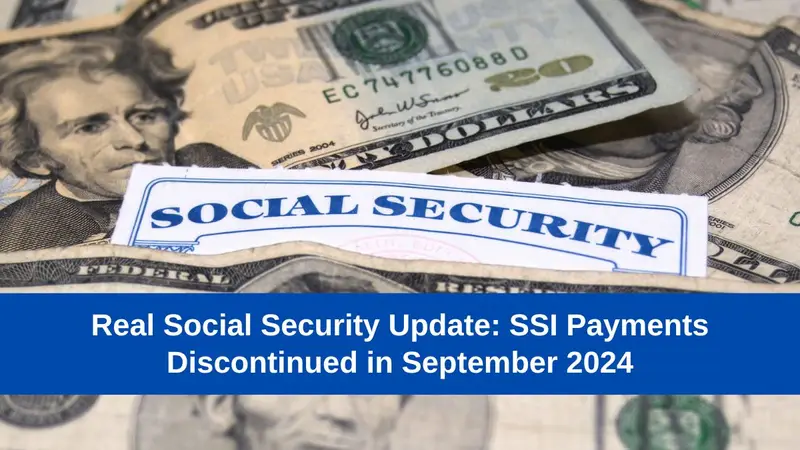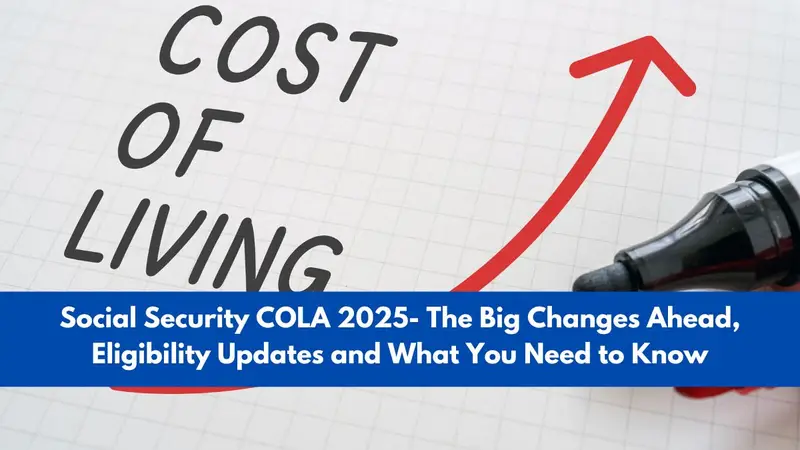Lincoln cents, also known as Lincoln pennies, have been a staple of U.S. currency since their introduction in 1909. Over the years, certain Lincoln cents have become highly valuable due to their rarity, unique minting errors, or historical significance.
For collectors, identifying these valuable coins can be both exciting and profitable. In this article, we’ll explore the top 10 rare and valuable Lincoln cents that every collector should be aware of, detailing what makes each coin special and providing tips on how to identify them.
Top 10 Rare and Valuable Lincoln Cents
1. 1909-S VDB Lincoln Cent
The 1909-S VDB Lincoln Cent is one of the most famous and sought-after coins in the series. It was the first year of the Lincoln cent, and only 484,000 coins were produced with the designer Victor David Brenner’s initials “VDB” on the reverse. The low mintage and the historical significance of this coin make it highly valuable.
How to Identify:
- Date and Mint Mark: Look for the 1909 date and the “S” mint mark on the obverse.
- VDB Initials: The “VDB” initials are located at the bottom of the reverse side, near the rim.
Estimated Value:
- Good Condition: $700 – $1,000
- Uncirculated Condition: Up to $2,500
2. 1914-D Lincoln Cent
The 1914-D Lincoln Cent is another key date coin that is highly sought after by collectors. With a mintage of only 1.2 million, it is one of the scarcest Lincoln cents in circulation.
How to Identify:
- Date and Mint Mark: The coin should be dated 1914 with a “D” mint mark for the Denver Mint.
- Condition: Coins with minimal wear are particularly valuable.
Estimated Value:
- Good Condition: $200 – $400
- Uncirculated Condition: Up to $5,000
3. 1922 No D Lincoln Cent (Weak Reverse)

The 1922 No D Lincoln Cent is a unique error coin where the “D” mint mark was either omitted or struck so weakly that it is barely visible. This coin was only minted in Denver, making the “No D” variety particularly rare.
How to Identify:
- Date and Mint Mark: The coin should be dated 1922. Check for the absence or weakness of the “D” mint mark.
- Reverse Side: Look for a weak or blurry reverse side, a characteristic of this error.
Estimated Value:
- Good Condition: $500 – $800
- Uncirculated Condition: Up to $25,000
4. 1943 Bronze Lincoln Cent
The 1943 Bronze Lincoln Cent is one of the rarest and most famous error coins. During World War II, the U.S. Mint switched to steel planchets to save copper, but a few bronze planchets from 1942 were mistakenly used, resulting in these rare and highly valuable pennies.
How to Identify:
- Date: The coin should be dated 1943.
- Magnet Test: Unlike the common steel cents from that year, the bronze penny will not be attracted to a magnet.
Estimated Value:
- Good Condition: $100,000 – $200,000
- Uncirculated Condition: Up to $1.7 million
5. 1955 Doubled Die Lincoln Cent
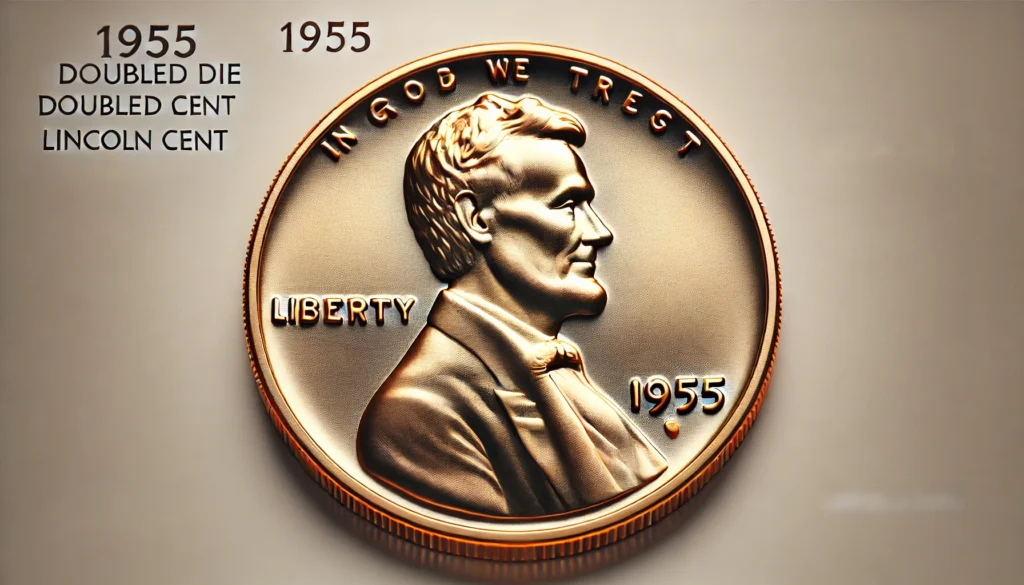
The 1955 Doubled Die Lincoln Cent is famous for its dramatic doubling on the obverse side, particularly on the date and inscriptions. This error is highly sought after and can fetch a significant price, especially in high-grade conditions.
How to Identify:
- Obverse Side: Look for clear doubling on the date “1955” and the inscriptions “LIBERTY” and “IN GOD WE TRUST.”
- Magnification: Doubling is best observed under magnification.
Estimated Value:
- Good Condition: $1,000 – $1,500
- Uncirculated Condition: Up to $25,000
6. 1926-S Lincoln Cent
The 1926-S Lincoln Cent is notable for its low mintage of just 4.6 million, making it one of the scarcest coins in the series, especially in high grades.
How to Identify:
- Date and Mint Mark: The coin should be dated 1926 with an “S” mint mark for the San Francisco Mint.
- Condition: Well-preserved coins are particularly valuable.
Estimated Value:
- Good Condition: $50 – $200
- Uncirculated Condition: Up to $5,000
7. 1969-S Doubled Die Obverse Lincoln Cent
The 1969-S Doubled Die Obverse Lincoln Cent is a valuable error coin, known for its prominent doubling on the obverse side. This coin is rare and can command high prices among collectors.
How to Identify:
- Obverse Side: Look for noticeable doubling on the date “1969” and the inscriptions “LIBERTY” and “IN GOD WE TRUST.”
- Mint Mark: The “S” mint mark indicates it was struck at the San Francisco Mint.
Estimated Value:
- Good Condition: $10,000 – $15,000
- Uncirculated Condition: Up to $70,000
8. 1972 Doubled Die Obverse Lincoln Cent
The 1972 Doubled Die Obverse Lincoln Cent is another valuable error coin, with significant doubling on the obverse side. This error is especially noticeable on the date and inscriptions.
How to Identify:
- Obverse Side: Look for doubling on the date “1972” and the inscriptions “LIBERTY” and “IN GOD WE TRUST.”
- Magnification: Doubling is best seen under magnification.
Estimated Value:
- Good Condition: $300 – $500
- Uncirculated Condition: Up to $2,500
9. 1909-S Lincoln Cent
The 1909-S Lincoln Cent, without the VDB initials, is still a valuable coin due to its low mintage of just 1.8 million. This coin marks the first year of the Lincoln cent series and is highly prized by collectors.
How to Identify:
- Date and Mint Mark: The coin should be dated 1909 with an “S” mint mark for the San Francisco Mint.
- Absence of VDB: Unlike the 1909-S VDB, this coin does not have the “VDB” initials on the reverse.
Estimated Value:
- Good Condition: $100 – $400
- Uncirculated Condition: Up to $2,000
10. 1917 Doubled Die Obverse Lincoln Cent
The 1917 Doubled Die Obverse Lincoln Cent is a rare and valuable error coin, featuring significant doubling on the obverse side. This error is less common but highly desirable among collectors.
How to Identify:
- Obverse Side: Look for doubling on the date “1917” and the inscriptions “LIBERTY” and “IN GOD WE TRUST.”
- Magnification: Doubling is most apparent under magnification.
Estimated Value:
- Good Condition: $1,000 – $3,000
- Uncirculated Condition: Up to $15,000
Summary of the Top 10 Rare and Valuable Lincoln Cents
| Coin Type | Year | Unique Feature | Estimated Value (Good-Uncirculated Condition) |
|---|---|---|---|
| 1909-S VDB Lincoln Cent | 1909 | Low mintage, “VDB” initials | $700 – $2,500 |
| 1914-D Lincoln Cent | 1914 | Low mintage, Denver Mint | $200 – $5,000 |
| 1922 No D Lincoln Cent (Weak Reverse) | 1922 | Missing/weak “D” mint mark | $500 – $25,000 |
| 1943 Bronze Lincoln Cent | 1943 | Bronze planchet (error) | $100,000 – $1.7 million |
| 1955 Doubled Die Lincoln Cent | 1955 | Doubled die obverse | $1,000 – $25,000 |
| 1926-S Lincoln Cent | 1926 | Low mintage | $50 – $5,000 |
| 1969-S Doubled Die Obverse Lincoln Cent | 1969 | Doubled die obverse | $10,000 – $70,000 |
| 1972 Doubled Die Obverse Lincoln Cent | 1972 | Doubled die obverse | $300 – $2,500 |
| 1909-S Lincoln Cent | 1909 | First year, no “VDB” initials | $100 – $2,000 |
| 1917 Doubled Die Obverse Lincoln Cent | 1917 | Doubled die obverse | $1,000 – $15,000 |
FAQs
What makes a Lincoln cent valuable?
Lincoln cents become valuable due to factors like low mintage, minting errors (such as doubled dies or planchet mistakes), and their overall condition. Coins that are rare or in pristine condition tend to be worth more.
How can I tell if my Lincoln cent is valuable?
To determine if your Lincoln cent is valuable, check for specific dates, mint marks, and errors like doubling on the obverse or reverse. Comparing your coin to known valuable examples and consulting a coin value guide can help.
Where can I sell my valuable Lincoln cents?
Valuable Lincoln cents can be sold through online auction sites like eBay, at coin shows, or through professional coin dealers. Having your coin graded by a reputable service can ensure you get the best price.
Are all old Lincoln cents worth more than face value?
Not all old Lincoln cents are worth more than face value. The value depends more on rarity, condition, and specific errors than just the age of the coin.
What is a doubled die error on a Lincoln cent?
A doubled die error occurs when a coin’s design is struck twice slightly off-center, creating a noticeable doubling of the design elements. This error is particularly valuable to collectors and significantly increases a coin’s worth.
Conclusion
Collecting Lincoln cents can be a rewarding hobby, both financially and historically. The ten coins listed in this guide represent some of the rarest and most valuable pieces in the series, each with its own unique story and characteristics.
Whether you’re a seasoned collector or just starting out, understanding what to look for can help you identify potentially valuable coins in your collection. From rare minting errors like doubled dies to low-mintage dates, these Lincoln cents are worth keeping an eye out for.
By staying informed and vigilant, you might just find one of these treasures hiding in your change. Happy collecting!
References
- PCGS (Professional Coin Grading Service): www.pcgs.com
- NGC (Numismatic Guaranty Corporation): www.ngccoin.com
- CoinWeek: www.coinweek.com
- Heritage Auctions: www.ha.com
- U.S. Mint: www.usmint.gov
